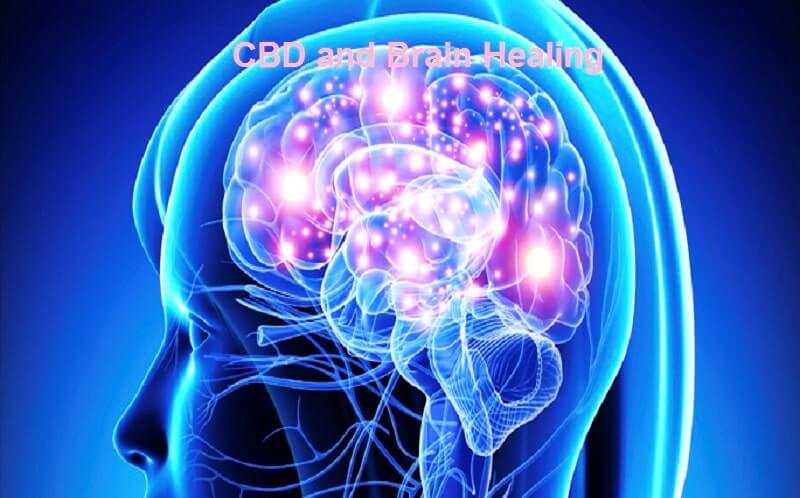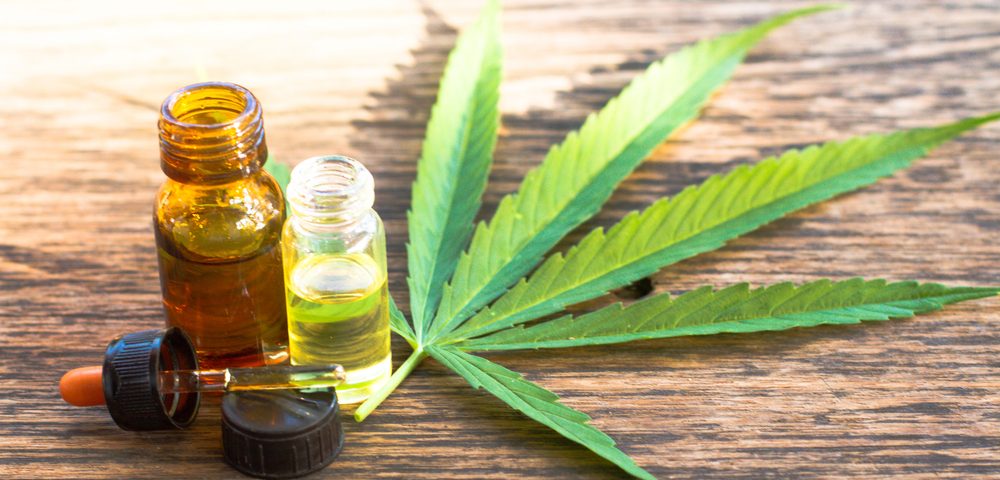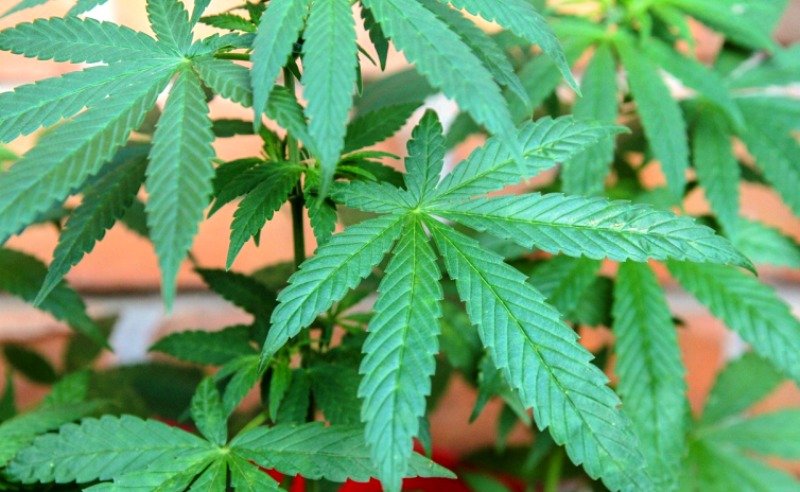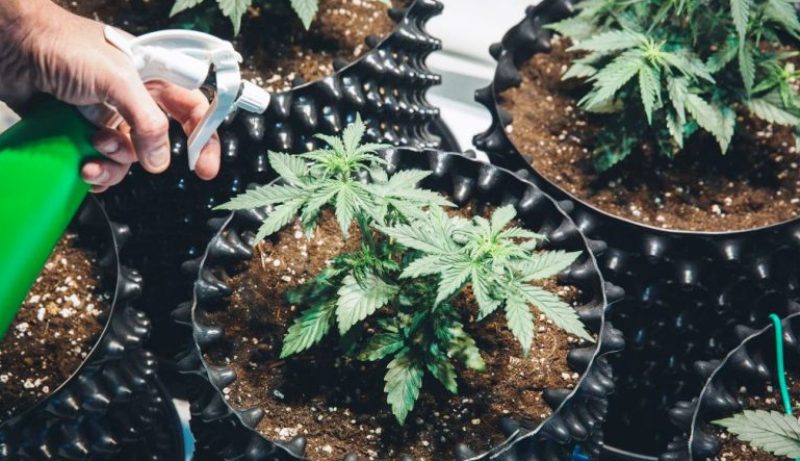According to a review of 32 studies done in Australia, cannabinoids can help with the pain and stiffness associated with multiple sclerosis.
Up to 100 million individuals in Europe suffer from chronic pain, according to a report. Around 28 million individuals in the United Kingdom alone are affected by this illness. More than 62 percent of this ‘suffering’ group is 75 years or older. Chronic pain affects around 19% of Canadian adults over the age of 18.
Chronic pain, unlike acute pain, lasts much longer. It lasts at least a year. As a result, it has an influence on the patient’s quality of life as well as other elements of his or her existence. The discomfort may be minor or severe. Soreness, stinging, dull pains, burning sensations, and other symptoms might occur.
Even after a medical problem or damage has been addressed, persistent pain can emerge. Fibromyalgia, back injuries, cancer, previous surgeries, migraines, infections, HIV/AIDS, and arthritis are all common causes. Chronic pain in the body might appear abruptly or build steadily over time. If it’s present, you’ll be able to feel it in any part of your body.
Chronic Pain: A Risk Factor
According to studies, some persons are more prone to chronic pain than others due to certain risk factors. The following are these elements:
Depression:
Researchers think that depression has an impact on how the brain receives and interprets messages from the central nervous system.
Serious medical condition:
People with serious medical problems, such as arthritis, are more likely to have chronic pain.
Smoking:
Smoking makes chronic pain conditions like arthritis and fibromyalgia worse. Smoking has a propensity to make the discomfort worse, according to experts.
Obesity:
According to one study, 50% of patients who are treated for obesity also have bodily aches. This might be owing to the body’s complicated metabolism and obesity’s interaction with hormones. It’s also possible that the excess weight is causing tension.
Females:
Hormonal differences and other differences in male and female nerve fibers might explain why females are more sensitive to pain.
Old age:
As people become older, they become more vulnerable to various medical problems that can lead to chronic pain.
What Is the Function of Cannabis?
Scientists and physicians just started to grasp how cannabis interacts with the body in the 1990s. Researchers revealed that cannabinoids are produced naturally in the human body during that time (which are chemical compounds found in cannabis, like THC and CBD). Endocannabinoids are the cannabinoids that the human body produces. Phytocannabinoids, on the other hand, are those generated by marijuana plants.
Following that, scientists were able to map out a whole system of receptors in the body that exclusively respond to cannabis. The endocannabinoid system refers to the receptor system in the body. It responds to both endocannabinoids and phytocannabinoids present in humans.
Over time, medical experts have learned that the endocannabinoid system regulates a variety of bodily activities. The endocannabinoid system assists in the regulation of mood, learning and memory, sleep, metabolism, and immunity (pain).
Nociceptive pain, which is caused by physical injury to the body, such as a burn, and neuropathic pain are the two main forms of pain in the body. Damage to the neurons that transmit pain signals causes neuropathic pain. Endocannabinoid receptors are important in the body’s regulation and perception of these two forms of pain.
Endocannabinoid receptors have been found in nearly every element of the pain pathway, as well as in many regions of the peripheral and central nervous systems. Other cannabinoid receptors in the body have a function in reducing and controlling inflammatory pain.
Cannabis and Chronic Pain: Medical Research
Research has been conducted to establish whether cannabis and cannabinoids are truly beneficial in the treatment of chronic pain.
- Cannabinoids can treat the pain and muscle stiffness caused by multiple sclerosis, according to an analysis of 32 trials conducted in Australia.
- Medical marijuana was found to ease pain in 26 fibromyalgia sufferers in recent research. Approximately half of the patients stopped taking fibromyalgia medications, although about a third of them had minor adverse effects.
- Research on cancer pain that didn’t react to standard opioid medications was published in 2010. They observed that combining CBD and THC in a single therapy provided significant pain alleviation. In this study, 43 percent of trial participants reported a 30% or more improvement. This finding suggests that medicines containing several cannabinoids may be more successful than those containing only one active component.
- In 2016, research was conducted to look at the advantages of medicinal cannabis for persons with chronic pain that is resistant to therapy.
- A 2016 study looked at the use of medicinal cannabis in patients who suffer from chronic migraine headaches. The researchers observed that, in addition to decreasing pain, cannabis also lowered the percentage of persons who used prescription opioid medicines. The monthly average of migraines fell from 10.4 to 4.6. Over 85% of the patients said they had fewer migraines as a result of the treatment.
Conclusion
More scientific research on the efficacy of cannabis for treating chronic pain is, however, urgently needed. There is enough scientific data to show that cannabis is a viable medicinal treatment choice. It is already an appealing alternative because of its minimal side-effect profile.





























